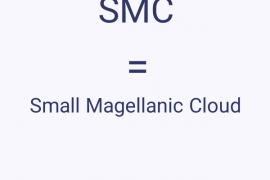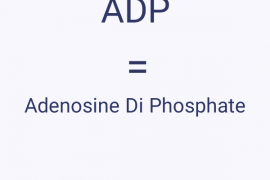8
NanoFiltration
Nanofiltration is a membrane filtration process used most often to soften and disinfect water.
Nanofiltration is a membrane filtration-based method that uses nanometer sized pores through which particles smaller than 10 nanomteres pass through the membrane. Nanofiltration membranes have pore sizes from 1-10 nanometers, smaller than that used in microfiltration and ultrafiltration, but a little bit bigger than that in reverse osmosis. Membranes used are predominantly created from polymer thin films. Materials that are commonly used include polyethylene terephthalate or metals such as aluminum. Pore dimensions are controlled by pH, temperature and time during development with pore densities ranging from 1 to 106 pores per cm2. Membranes made from polyethylene terephthalate and other similar materials, are referred to as \"track-etch\" membranes, named after the way the pores on the membranes are made. \"Tracking\" involves bombarding the polymer thin film with high energy particles. This results in making tracks that are chemically developed into the membrane, or \"etched\" into the membrane, which are the pores. Membranes created from metal such as alumina membranes, are made by electrochemically growing a thin layer of aluminum oxide from aluminum metal in an acidic medium....
Nanofiltration is a membrane filtration-based method that uses nanometer sized pores through which particles smaller than 10 nanomteres pass through the membrane. Nanofiltration membranes have pore sizes from 1-10 nanometers, smaller than that used in microfiltration and ultrafiltration, but a little bit bigger than that in reverse osmosis. Membranes used are predominantly created from polymer thin films. Materials that are commonly used include polyethylene terephthalate or metals such as aluminum. Pore dimensions are controlled by pH, temperature and time during development with pore densities ranging from 1 to 106 pores per cm2. Membranes made from polyethylene terephthalate and other similar materials, are referred to as \"track-etch\" membranes, named after the way the pores on the membranes are made. \"Tracking\" involves bombarding the polymer thin film with high energy particles. This results in making tracks that are chemically developed into the membrane, or \"etched\" into the membrane, which are the pores. Membranes created from metal such as alumina membranes, are made by electrochemically growing a thin layer of aluminum oxide from aluminum metal in an acidic medium....

